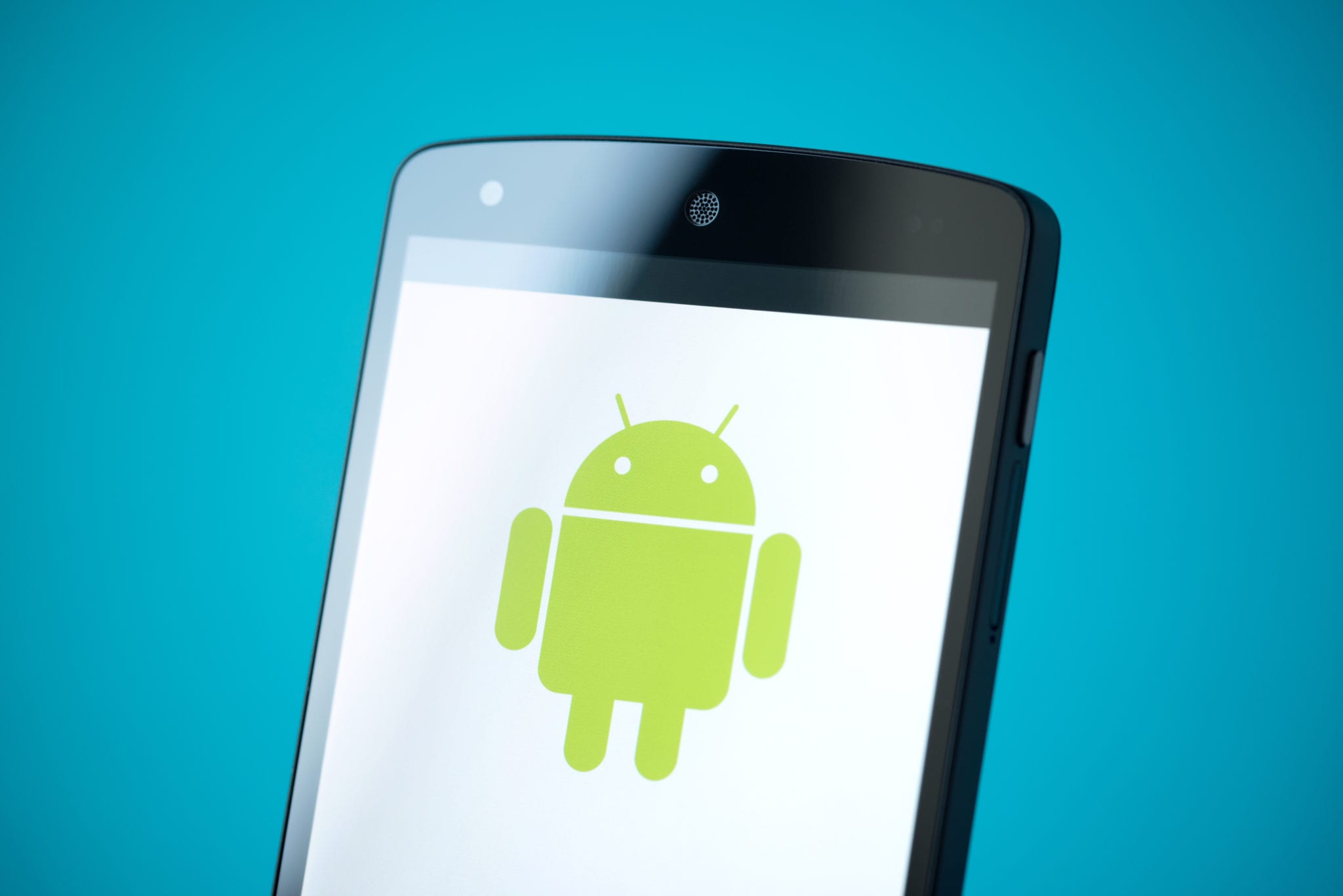Google Play’s Alternative Billing Systems: What Parents Need to Know
If you’re a parent whose child uses an Android device, you may have noticed something new when they make purchases in their apps. Google has introduced what they call alternative billing systems for in-app purchases on Google Play. But what does that actually mean? And how does it affect you and your family?
Let’s break it down in simple terms.
What is an alternative billing system?
When you or your child buy something inside an app—like a game upgrade, virtual currency, or a subscription—you’re usually paying through Google’s own system, called Google Play Billing. This is the secure process that handles payments, keeps a record of purchases, and offers things like refunds and parental controls.
Now, in certain countries, Google is allowing app developers to use their own payment systems in addition to Google’s. These are known as “alternative billing systems.” So when you’re about to buy something in an app, you might see a screen that gives you a choice between using Google Play or a different payment method handled by the app itself.
Why is this happening?
Google introduced this change as part of their effort to give users and developers more choice. It also follows discussions around fair competition and digital marketplaces, especially in places like the European Union, where regulators are pushing for more transparency and flexibility for consumers.
Where is this available?
This new billing option is only available in certain countries for now, including:
- UK and countries in the European Economic Area (EEA)
- United States
- Australia
- Japan
- South Korea
- India, Indonesia, Brazil, and South Africa
You’ll only see the option in apps that choose to support alternative billing.
What does this mean for parents?
This is where it gets important. If your child has permission to make purchases, and they’re using a child account through Google’s Family Link, the rules are a bit different when alternative billing is involved.
The first time your child tries to use an app with a different billing system, you’ll be asked to approve or deny it. This is a one-time approval. After that, they could make purchases through that method without needing your permission each time—and you might not get notified.
That means:
- You might not see what they’re buying in your usual Google Play account history.
- You won’t be able to use Google Play’s parental controls or purchase restrictions.
- Refunds and disputes will need to go through the app developer—not Google.
So while more choice is great, it also means keeping an extra eye on what’s happening in your child’s apps.
How can you stay in control?
Here are a few tips:
- Review new purchases: Talk to your child about what they’re buying and why.
- Use Family Link: This Google app lets you set limits and monitor app activity.
- Stick to Google Play Billing: If you’re concerned about security or want easier refund options, it may be safer to use Google’s own system.
Final thoughts
Alternative billing systems are all about giving people more freedom in how they pay. But as with any new feature, it comes with things to watch out for—especially when kids are involved. The good news is that you’ll still get the chance to review the first purchase, and you can always follow up with your child and adjust settings to suit your family’s needs.
For the official information from Google, check out this page on their support site.


